Come with us to Emilia-Romagna in 2024! 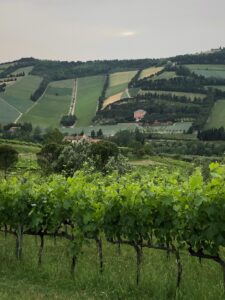
Beginning in the spring of 2024, we are excited to add a new region to our culinary tours: the beautiful area of Emilia-Romagna in north-central Italy!
A region that most tourists just pass through on the way from the hubs of Florence and Venice, Emilia-Romagna is one of our favorite places to visit. The rich food culture, delicious wines and historic architecture found in these two regions are worth a deeper dive. This is truly important if one is to understand Italy. The area is elegant, wealthy, and urbane, filled with open and friendly people.
For a more complete history of the region, dating back to Roman times, check out this Britannica link! https://www.britannica.com/place/Emilia-Romagna
Originally separate regions, Emilia and Romagna became joined administratively in 1947. The people of these two regions, recognizing their cultural diversity, still think of themselves as either Emiliano or Romagnolo.
Emilia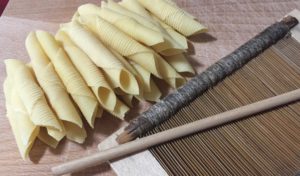
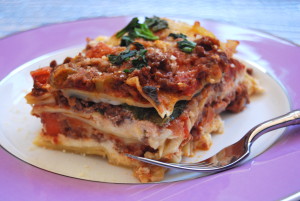
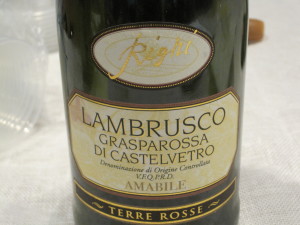
The western part of the region, Emilia, is known for its amazing food culture. These people are true gourmands, and it is in Emilia that many of Italy’s most iconic foods are born. It is home to Italy’s most important DOP foods such as Prosciutto di Parma, Parmigiano Reggiano, Aceto Balsamico di Modena, and Mortadella di Bologna. The pastas include tagliatelle or lasagna with Bolognese ragu, and garganelli. Among the many stuffed pastas are tortelli, cappelletti and tortellini. The wines of the Lambrusco grape are slightly frizzante and simple, yet perfect with the rich foods. The capital city of Bologna has leaning towers, medieval architecture, miles of loggias covering the sidewalks and the oldest university in Europe. The Basilica of San Petronio is incredible and opens onto the city’s largest public space, Piazza Maggiore.
Romagna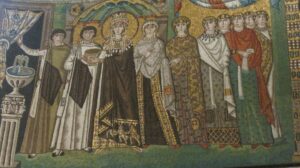
Romagna makes up the eastern half of the region and was originally part of the Byzantine Roman Empire, as evidenced by the amazing byzantine mosaics of Ravenna. Due to the geographical barrier of the Appenines and a shared coastline on the Adriatic, Romagna aligned itself with the Marche to the south, rather than to Florence and Tuscany. Rimini is famous for its beaches and nightlife. The ancient etruscan salt flats of Cervia are still in use today. The main grape is Sangiovese, not Lambrusco, and tradition says that the sangiovese grape may have originated here in Romagna. Beautiful vineyards, ancient artisan products like ceramics and hand-stamped fabrics, and modern upscale car production tie the old together with the new in Romagna.
The Ecco La Cucina tour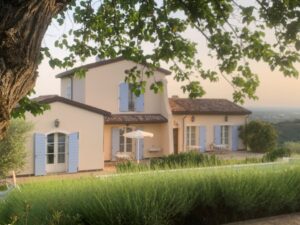
Our week-long stay in this beautiful region will include 4 nights in the classic city of Bologna. Our four days will be filled with visits to experience the production of prosciutto, parmigiano and aceto balsamico; a cooking class with a focus on fresh pasta, and walking tours of the cities of Bologna and Parma. Included are lots of amazing meals and fabulous wines. The last three nights will be on a lovely wine estate in the heart of Romagna with visits to Faenza for ceramics, Gambettola for fabrics, a winery tour and tasting, and a day exploring the ancient mosaics in Ravenna.
Spring is the perfect time to visit the area with flowers and vineyards in bloom, warm sunny days and pleasant nights. Contact us for more information and to sign up!
Gina and Mary have been leading small group tours to Italy for over 22 years! Check us out on our lovely website Ecco La Cucina!





















